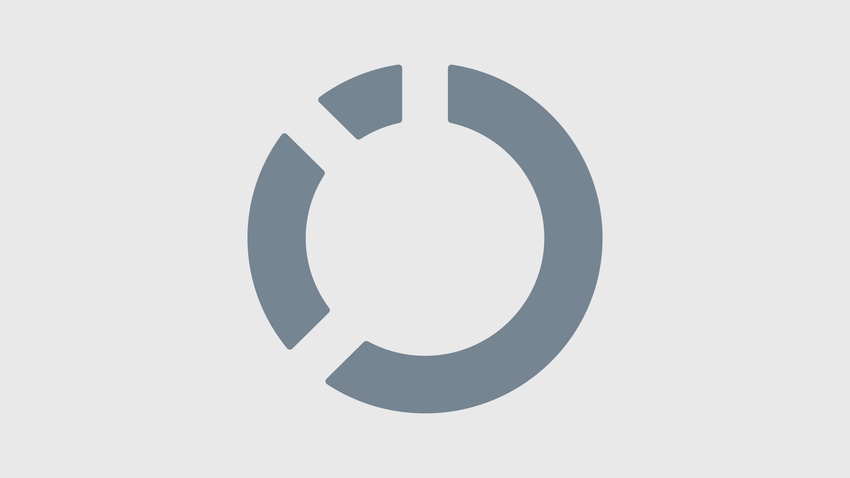Gov 2.0: Beyond Transparency
As the Gov 2.0 Summit gets underway in Washington, I will be looking for examples of how government agencies are moving beyond the low-hanging fruit of the Government 2.0 movement and onto the hard stuff -- process overhaul and new efficiencies.

As the Gov 2.0 Summit gets underway in Washington, I will be looking for examples of how government agencies are moving beyond the low-hanging fruit of the Government 2.0 movement and onto the hard stuff -- process overhaul and new efficiencies.Tim O'Reilly uses the metaphor of "government as a platform" to describe Government 2.0, and a full agenda of experts will tackle the subject at the Gov 2.0 Summit in Washington on Sept. 9 and 10. See "Building On The Government 2.0 Platform" for my thoughts on how Government 2.0 should incorporate open source, APIs, database access, cloud computing, and other technologies for better and more effective government.
At its most basic, Government 2.0 applies Web 2.0 technologies such as wikis, blogs, and other social networking tools to enable a more interactive, collaborative exchange of ideas and information. Exposing government data through Web 2.0 platforms such as Data.gov, USA.gov, and other sites is a great first step, but only that. Reform and reinvention must come into play, too.
I just received the results of a new, unpublished survey by InformationWeek Government. We asked federal IT pros to rate the relative ease or difficulty of implementing four Government 2.0 principles -- transparency, collaboration, participation, and efficiency. Guess what: Efficiency turns out to be the toughest to realize. We will publish the full results of our survey and in-depth analysis later this month.
O'Reilly probably has spent more time Government 2.0 than anyone. He told me, "The biggest thing I've learned is that the biggest challenge we have is reforming procurement, spending money on things we don't have to."
One of the topics at the Gov 2.0 Summit, to be tackled by O'Reilly and Microsoft's Craig Mundie, is "the killer app" of Government 2.0. I say the killer app needs to get beyond organizational transparency and into more effective and efficient ways of providing government services.
About the Author(s)
You May Also Like
How to Amplify DevOps with DevSecOps
May 22, 2024Generative AI: Use Cases and Risks in 2024
May 29, 2024Smart Service Management
June 4, 2024







